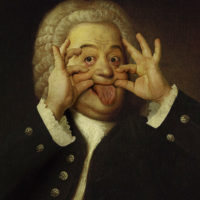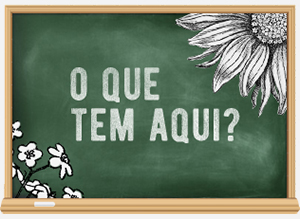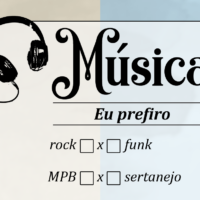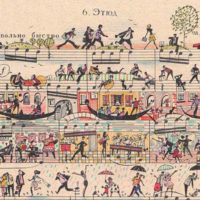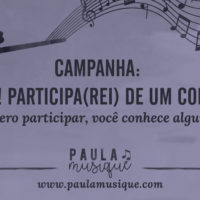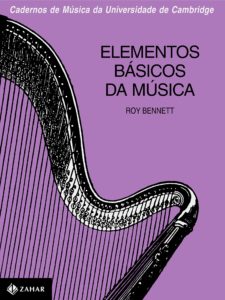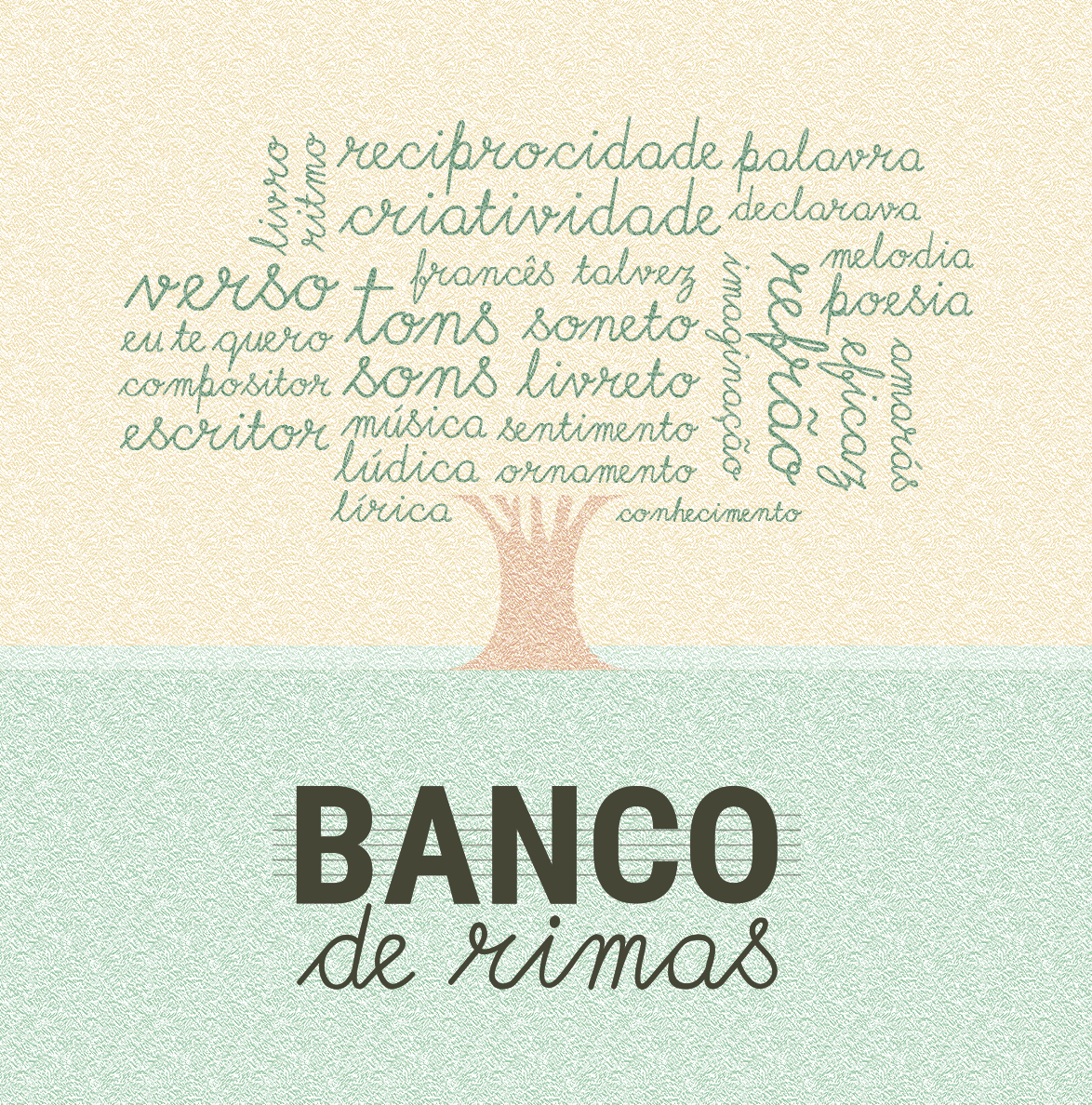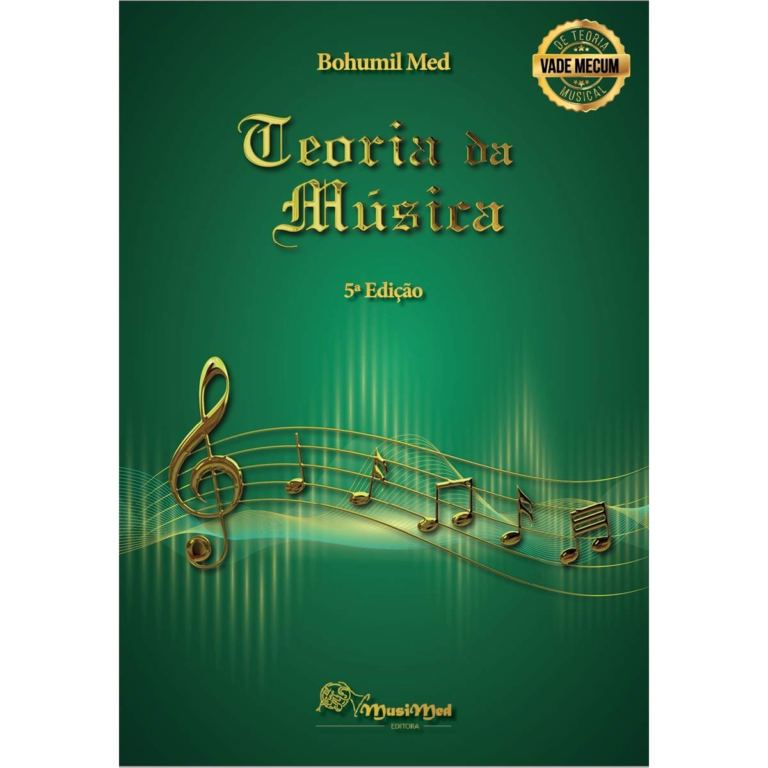Learn to Read Music Notes with Self-Explanatory Images and Automated Exercises - NOW! (Part III - PIANO FOR ALL)

Art by Lena Ehrlich
Reading sheet music is easier than it sounds, better than you think, and more rewarding than you realize. In this post you will be able to continue practicing your music reading through AUTOMATED EXERCISES and you will now learn to recognize notes on the PIANO. Even if your instrument is another, knowing some basic piano will very positively complement your musical background.
“Music reading is like a driver’s license that allows you to go through the musical paths that take you further” – Paula Musique
It is worth remembering that KEYBOARD PLAYERS will benefit from these exercises in the same way as pianists.
PRIOR NOTICE 1: If you are not a musician and you do not intend to be, but you are a curious person, a lover of knowledge; this post is for you. If you like Music, if you have had curiosity to understand how the “magic” of reading piano sheet music happens, and if you have ever wondered how a piano player can know exactly which key to play from among the 88 piano keys, here you will have the opportunity to experience it.
PRIOR NOTICE 2: If you are a musician, but piano is not your “beach”, I invite you to “surf” a little in this “ocean of keys” today. ;)
PRIOR NOTICE 3: If you are a piano or keyboard student and are afraid of sheet music, this fear will be gone today as you will see that it is simple and a few minutes of practice a day can solve it. Do not leave this post without clicking the link in Exercise 4, at least.
PRIOR NOTICE 4: If you are a teacher, here is a simple and practical way to introduce music reading to your students. For many years I’ve introduced sheet music reading to my students by explaining Music History, all the whys, the functions, how to draw, etc. I still like to do so, but now I’m experimenting with a new, let’s say, less “academic” way. After the student develops the logic of reading notes, then I explain the history and rules of writing. As teachers, we know that we often have to adapt our didactics according to the profile of each student. For more curious students who question everything, I continue to introduce music reading in the way I have been doing for years; for more anxious or immediate learners, I have tried this way here.
PRIOR NOTICE 5: WELCOME TO THE WORLD OF KEYS!
“It’s easier than it sounds, better than you think, and more rewarding than you realize” – Paula Musique
Notes: 1) These exercises are also applicable for “pianists cousins”: cravists, organists, keyboardists, and accordionists; 2) From ☼ to ⊗ is exactly the same introductory text as the other posts in the LEARN TO READ MUSIC NOTES series. If you have already read some, you can skip to the self-explanatory images; 3) If you have not read Part I of this series (stave x note name – do, re, mi) or Part II (stave x note name – C, D, E), I suggest you practice some of those exercises before or after reading this post here, mainly Part I; and 4) In the next post of this series we will work on automated exercises for recognition of music notes on the ACOUSTIC GUITAR fret. Stay tuned!
[To be continued… As it took me around 7h to write this post in Portuguese, it will take me some time to finish translating the text and the images; sorry, I’ll try to get it done as soon as possible. Please, check out our posts already translated]


